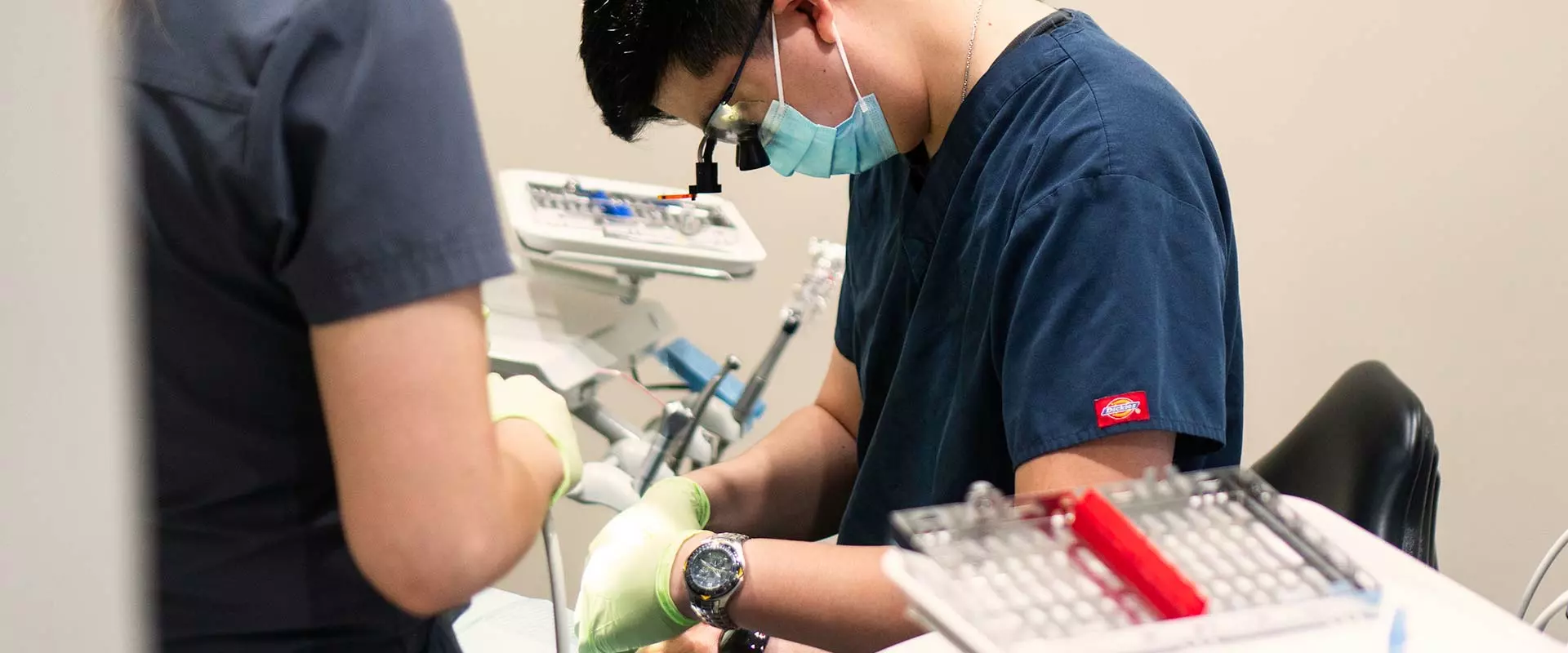How does the Presence of Bacteria Contribute to Tooth Decay?
Tooth decay, medically known as dental caries or cavities, is a common oral health issue that affects people of all ages. One of the primary factors contributing to tooth decay is the presence of bacteria in the mouth. In this article, we will explore how these tiny microbial culprits play a significant role in the development of tooth decay and how wisdom teeth extraction can sometimes be a necessary step in managing this dental concern.
Understanding Tooth Decay
Tooth decay occurs when the hard, protective outer layer of the tooth, known as enamel, is gradually broken down by acids produced by bacteria. This process, known as demineralization, weakens the tooth's structure and eventually leads to the formation of cavities. The primary factors involved in the development of tooth decay include:
- Bacteria: The mouth is a thriving ecosystem teeming with bacteria, some of which are harmful to dental health. The most notorious bacteria responsible for tooth decay are Streptococcus mutans and Lactobacillus.
- Sugar and Carbohydrates: Bacteria feed on sugars and fermentable carbohydrates present in the food and drinks we consume. When bacteria consume these sugars, they produce acid as a metabolic byproduct.
- Acid Production: The acid produced by bacteria lowers the pH level in the mouth, creating an acidic environment. In this acidic environment, minerals, such as calcium and phosphate, are leached from the enamel, leading to its erosion.
- Plaque Formation: Bacteria, along with remnants of food and saliva, can form a sticky film called dental plaque on the teeth. Plaque provides an ideal environment for bacteria to thrive, making it even more difficult to combat tooth decay.
How Bacteria Contribute to Tooth Decay
The process of tooth decay involving bacteria unfolds in several stages:
- Initial Adhesion: Harmful bacteria, such as Streptococcus mutans, adhere to the tooth surface through adhesive molecules on their cell walls. These bacteria are especially skilled at sticking to the enamel, forming the foundation for plaque development.
- Acid Production: Bacteria metabolize sugars from food and beverages to produce acids. These acids weaken the enamel and create an environment conducive to further bacterial growth.
- Plaque Formation: As bacteria multiply and produce acids, they create dental plaque, a biofilm that serves as a protective shield. Plaque traps bacteria against the tooth's surface, allowing them to continue their acid-producing activities.
- Enamel Demineralization: The acids produced by bacteria lower the pH level in the mouth, causing minerals to be stripped from the enamel. This process, called demineralization, results in the formation of microscopic pores and weak spots in the enamel.
- Cavity Formation: With prolonged acid exposure, these weak spots become cavities. Cavities are holes in the tooth structure that can vary in size and severity. If left untreated, they can progress deeper into the tooth, potentially reaching the pulp and causing severe pain and infection.
Wisdom Teeth and Tooth Decay
Wisdom teeth, also known as third molars, are the last set of molars located at the back of the mouth. These teeth typically emerge in late adolescence or early adulthood. However, they often face challenges during their eruption due to limited space in the jaw, leading to various issues, including impaction.

Impacted wisdom teeth can become problematic for dental health and increase the risk of tooth decay for several reasons:
- Difficulty in Cleaning: Wisdom teeth are located at the back of the mouth, which makes them challenging to reach and clean thoroughly. Inadequate cleaning can lead to plaque accumulation and a higher risk of cavities.
- Crowding: Wisdom teeth can exert pressure on adjacent teeth, causing crowding and misalignment. This can create tight spaces that are difficult to clean effectively, further increasing the risk of decay.
- Partial Eruption: Wisdom teeth may only partially emerge from the gum line, leaving a flap of gum tissue that can trap food particles and bacteria, leading to inflammation and infection.
- Impaction: In some cases, wisdom teeth may remain completely trapped beneath the gum and jawbone, known as impaction. Impacted wisdom teeth can lead to the formation of cysts and abscesses, which can damage nearby teeth and bone.
Due to these potential complications, dentists often recommend wisdom teeth extraction as a preventive measure to avoid issues related to tooth decay, infection, and misalignment.
Preventing Tooth Decay
While bacteria play a significant role in tooth decay, preventive measures can help maintain good oral health:
- Regular Dental Check-ups: Routine dental check-ups allow dentists to detect early signs of tooth decay and provide timely treatment.
- Effective Oral Hygiene: Brushing with fluoride toothpaste, flossing, and using an antiseptic mouthwash can help control bacterial growth and plaque formation.
- Balanced Diet: Reducing the consumption of sugary and acidic foods and drinks can minimize the fuel available for bacteria to produce harmful acids.
- Fluoride Treatments: Professional fluoride treatments, as recommended by your dentist, can strengthen enamel and make it more resistant to acid erosion.
- Wisdom Teeth Evaluation: Consult with your dentist regarding the need for wisdom teeth extraction, especially if they are causing pain or other issues.
In conclusion, the presence of bacteria in the mouth is a key contributor to tooth decay. Understanding how bacteria adhere to teeth, produce acid, and create plaque can help individuals take proactive steps to maintain good oral hygiene. Additionally, wisdom teeth, when impacted or causing alignment issues, can increase the risk of tooth decay and may require extraction to preserve overall dental health. Regular dental check-ups, effective oral hygiene practices, and a balanced diet are essential components of preventing tooth decay and ensuring a healthy, happy smile.
Comments
Post a Comment